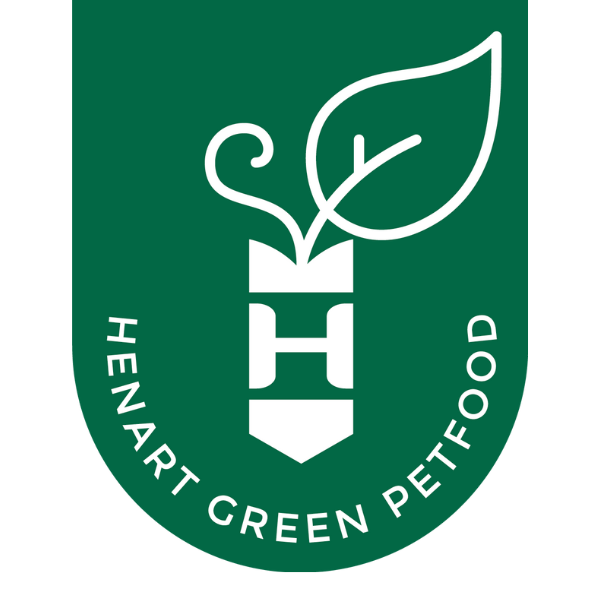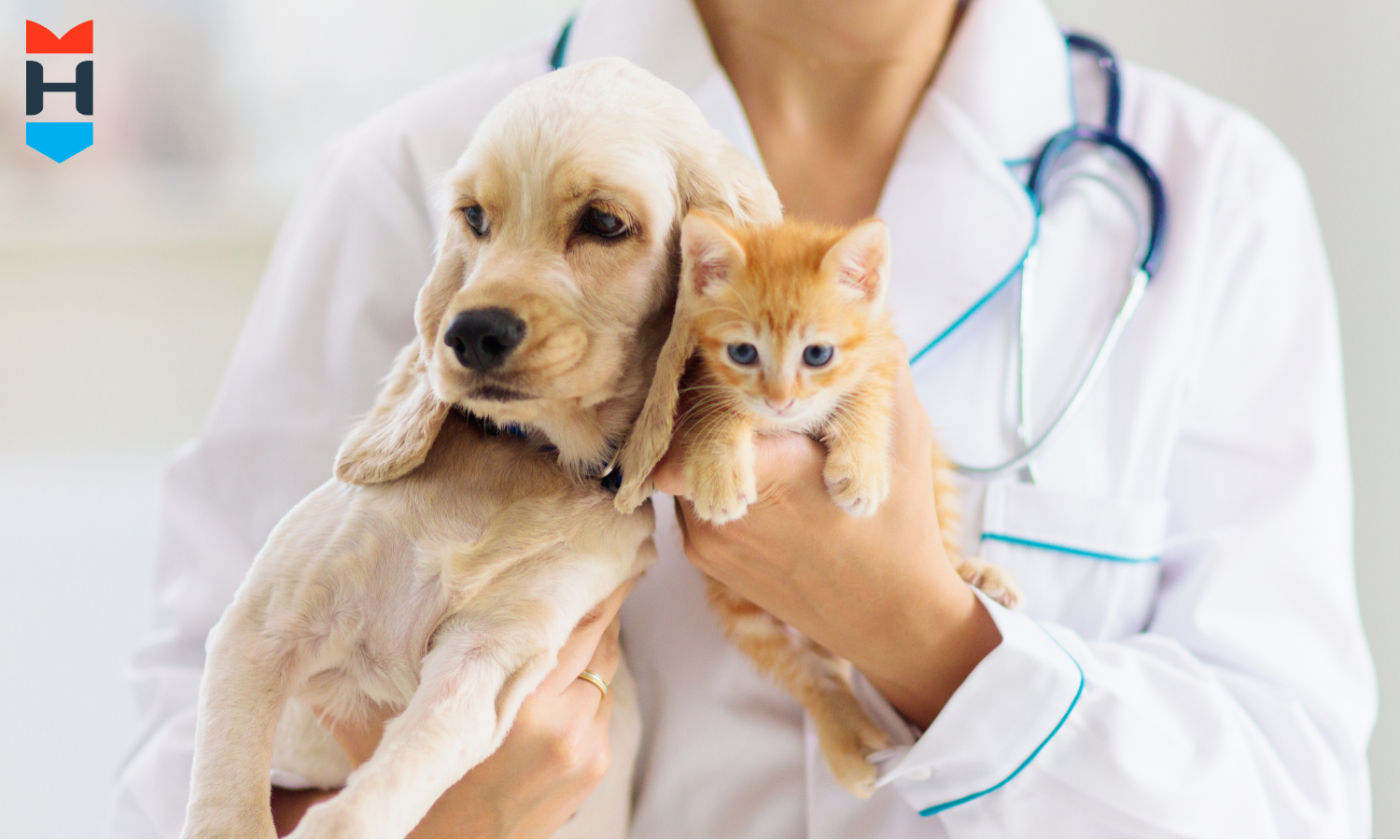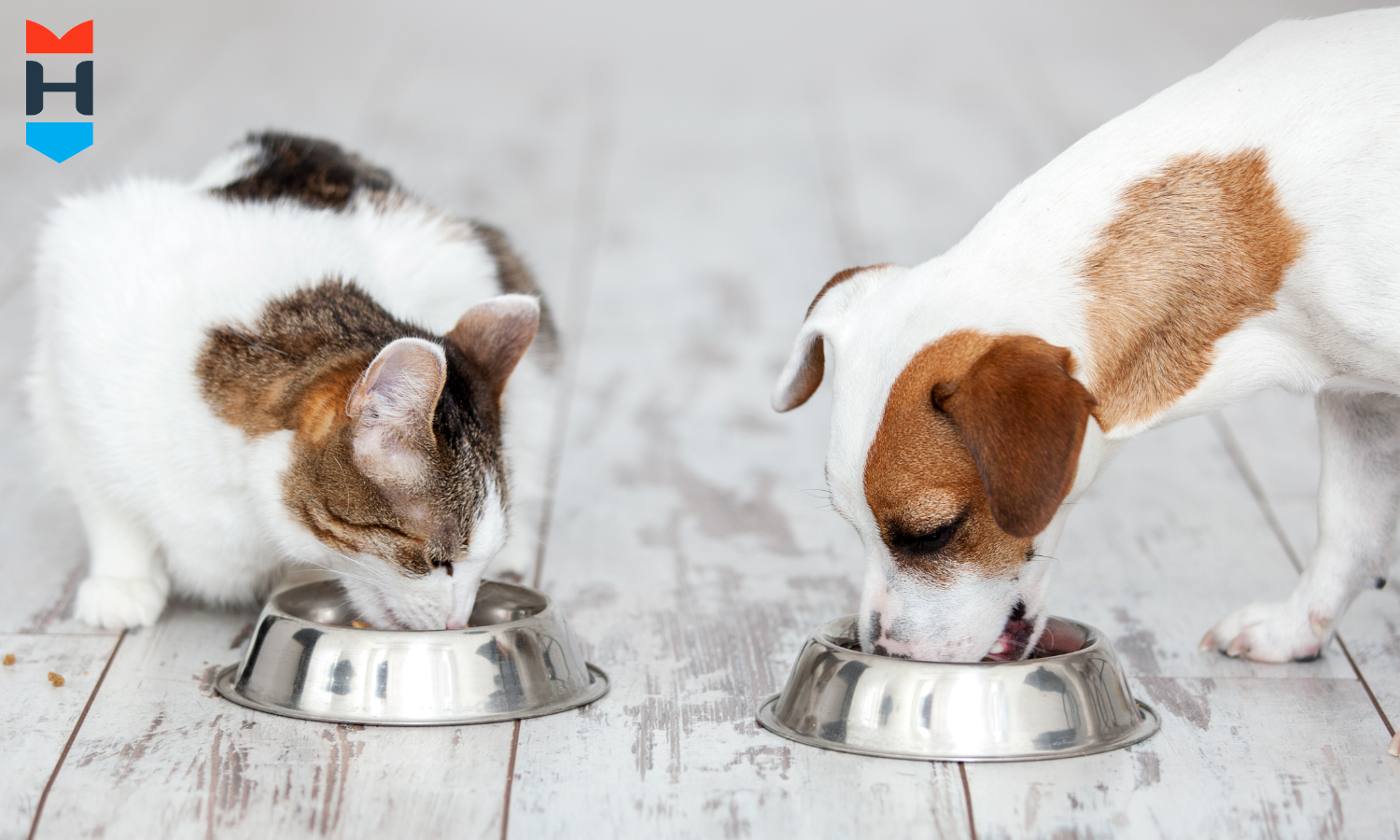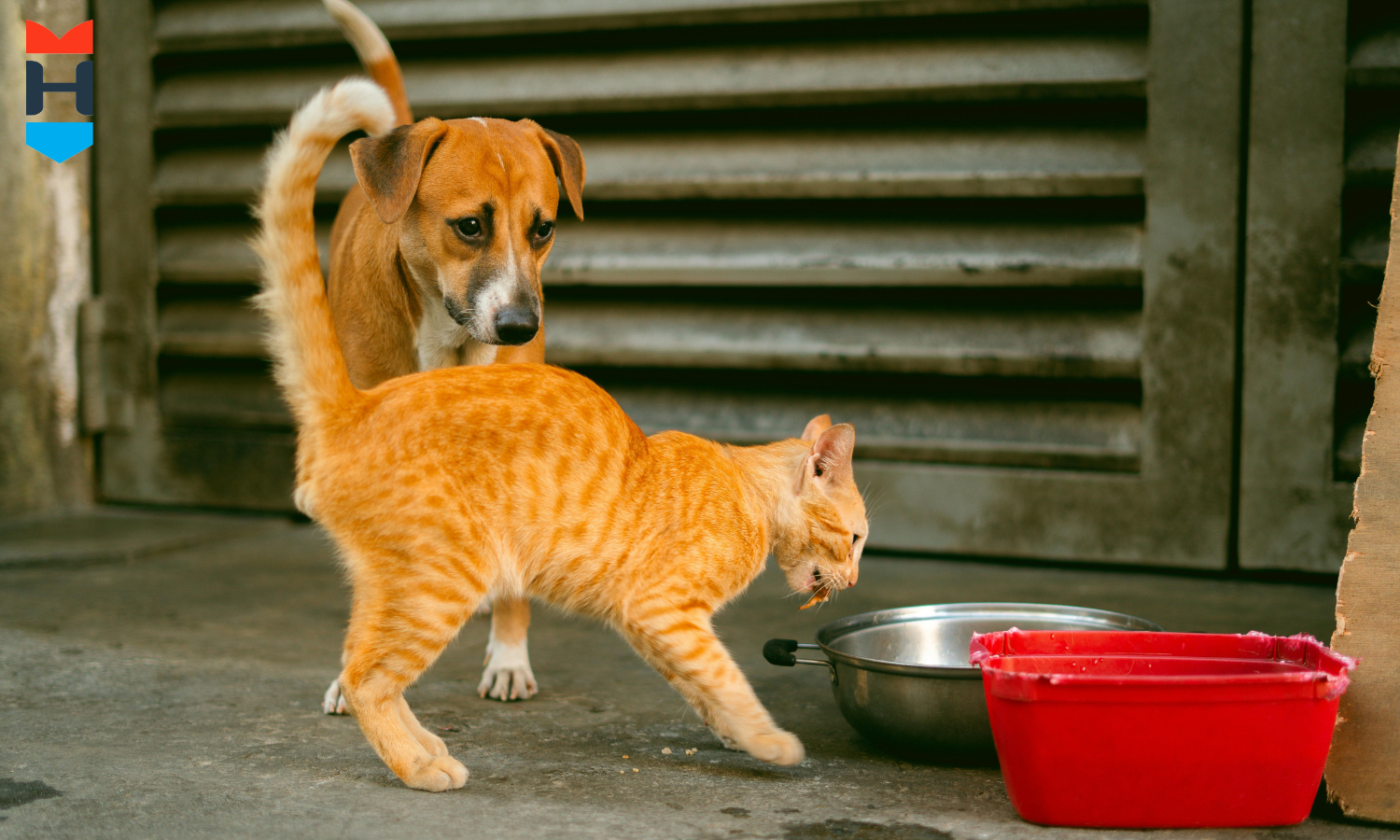Dogs and cats are part of the family—which makes it all the more important to provide them with a safe, loving home. Nevertheless, it sometimes happens: An unfortunate jump, a wild romp, or health problems can lead to minor or major injuries. Anyone living with animals should know how to recognize such injuries, what to do in an emergency, and how nutrition can support healing.
From scratches to strains: Recognizing, treating, and healing injuries
This overview covers typical pet injuries, helpful treatment options, common mistakes, and how plant- and insect-based products from HenArt can contribute to natural recovery.
🩸 Understanding Pet Injuries
Not every injury is visible at first glance—and not every one is harmless. In dogs and cats, the spectrum ranges from minor scrapes to serious bone fractures. These types are particularly common:
1. Cuts and abrasions
Often caused by contact with sharp objects, bites, or rough play. Minor wounds usually heal on their own, but should be closely monitored—especially for possible infections.
2. Sprains and strains
Active animals are particularly frequently affected. Sprains usually affect ligaments, while strains affect muscles. Both injuries often occur due to sudden movements or excessive strain during play or sports.
3. Fractures
Accidents, falls, or collisions can lead to fractures. Signs include severe pain, visible swelling, and avoiding any strain on the affected limb.
4. Dislocations
Less common, but serious: A dislocation occurs when a bone pops out of its normal position within the joint. These injuries usually require veterinary attention.
5. Internal injuries
This is particularly insidious because it's often invisible. Bleeding, organ injuries, or internal fractures sometimes only become apparent later. In the event of accidents or unusual behavior, a veterinarian should always be consulted.
🔍 Recognize symptoms and react correctly
Injuries in pets aren't always immediately noticeable. However, if you look closely, you can often detect small changes that indicate pain or discomfort. These signs are especially important:
1. Visible wounds
Cuts, scratches, or abrasions should be discovered as early as possible and carefully cleaned – ideally with mild soap and water. For larger or slow-healing wounds, a visit to the vet is recommended.
2. Changed mobility
If your pet is limping, protecting a leg, or suddenly doesn't want to romp around, this could indicate pain or an injury. In this case, it's best to rest it and observe it.
3. Swelling and bruising
Thickening or discoloration of joints or limbs can indicate bruises, strains, or even fractures. A cold compress can provide short-term relief, but in the long run, the underlying cause should be determined.
4. Unusual behavior
Some animals withdraw, growl more quickly, or react sensitively to touch. These can also be signs of pain—often subtle, but clear enough if you know your animal.
If an animal shows signs of injury, calm action is required. Administering first aid, avoiding stress, and then seeking professional assessment as soon as possible—that's the most effective approach.
💉 Treatment options and care recommendations
If an injury is suspected, a few targeted steps are important to optimally support healing:
1. Veterinary examination
A veterinary examination as soon as possible is essential. Depending on the situation, further tests such as X-rays or blood tests may be necessary to determine the extent of the injury and initiate appropriate treatment.
2. Pain relief
Targeted pain management is crucial for well-being and recovery. Medications help control pain and inflammation. At the same time, rest is important—limited movement gives the body the time it needs to heal.
3. Nutritional support
Proper nutrition can positively influence the healing process. Products containing plant-based and insect-based proteins, such as those offered by HenArt, provide valuable nutrients that contribute to tissue and muscle regeneration.
4. Physical rehabilitation
Rehabilitation under expert supervision can help restore mobility and muscle strength. At the same time, it reduces the risk of further injury—an important step on the path back to everyday life.
🥕 The role of nutrition in healing
A balanced diet plays a key role in the recovery of injured animals. HenArt relies on an innovative approach with wholesome recipes based on plant- and insect-based proteins – both nutrient-rich and sustainable.
Plant proteins
Proteins from peas, lentils, or chickpeas provide important amino acids, vitamins, and minerals. They support tissue regeneration and, thanks to their fiber content, also promote digestion. These nutrients are particularly valuable during the recovery phase, as the body's energy needs increase.
Insect proteins
Crickets, mealworms, and other insects provide easily digestible protein with a high content of essential amino acids. This sustainable alternative to traditional meat can not only ensure nutritional intake but also promote healthy skin and coat—a benefit for wound healing.
Antioxidants and anti-inflammatory properties
Superfoods rich in antioxidants help reduce oxidative stress. At the same time, anti-inflammatory compounds support recovery by reducing swelling and relieving stress on the immune system, allowing the overall healing process to progress more quickly.
What to do – and what not to do
Dos
✅ Keep calm
Animals perceive emotions clearly. Remaining calm helps convey a sense of security.
✅ Monitor
Changes in behavior, gait, or appearance can provide clues as to how well healing is progressing.
✅ Follow instructions
The veterinarian’s recommendations should be followed consistently – whether it concerns medication, rest or check-ups.
✅ Targeted support with nutrition
Nutrient-rich products such as HenArt's pet food can provide the body with important building blocks to optimally promote healing.
Don'ts
❌ Self-diagnosis
Although the temptation may be great, injuries should be treated by experts. Incorrect assessments can do more harm than good.
❌ Ignoring behavioral changes
Abnormalities are often a sign of pain or discomfort. They should be taken seriously and monitored closely.
❌ Excessive restrictions
Rest periods are important, but complete inactivity can lead to muscle loss. Light exercise—depending on doctor's recommendations—is often part of the healing process.
Conclusion
Unfortunately, injuries are a part of living with animals, making it all the more important to be prepared in the event of an emergency. Recognizing symptoms early, acting quickly, and taking the appropriate steps can contribute significantly to recovery. In addition to medical care, nutrition also plays a key role in the recovery process.
HenArt's innovative formulations with plant- and insect-based proteins provide precisely the nutrients injured animals need for recovery. At the same time, the products rely on sustainable ingredients – good for the animal and for the planet.
With expert care, a balanced diet, and veterinary support, much can be achieved. This gives pets the best chance of living a healthy and active life again—with a strong body and an overall sense of well-being.




Leave a comment
All comments are moderated before being published.
This site is protected by hCaptcha and the hCaptcha Privacy Policy and Terms of Service apply.